
Korinji Temple (Hydrangea Temple)
Korinji Temple, known as Hydrangea Temple, is home to around 20 kinds of hydrangeas. Many tourists visit every year to see the beautiful blue, purple and pink flowers that bloom from late-June to mid-July.

A world of mystical beauty created over millions of years, Abukuma Cave is said to have the greatest variety and the largest number of stalactites in the whole of Asia. It takes about an hour to explore the inner world of the cave and the terrain is easy to navigate on foot.
Abukuma Cave is a limestone cave that was discovered in 1969. Inside, visitors can walk the 600-meter-long path to explore and view the beautiful cave formations. Visitors can’t help but be impressed by the beauty of these natural creations formed over the course of 80 million years. The largest hall in the cave, called Takine Goten (Takine Hall), and Tsuki no Sekai (The Moon World), is illuminated with dramatic stage lighting and is particularly impressive.

Also not to be missed are the rare cave formations called boxwork, you can identify them by their unique shape; thin blades of minerals coming off the walls and ceilings forming a honeycomb or box-like pattern. Abukuma Cave is the only cave in Japan with boxwork that is open to the public. Another notable stop along the cave path is the Christmas Tree and Silver Frost; both are impressive stalagmites that resemble festive holiday trees. The Christmas Tree is over two meters tall and said to be the largest example in all of Asia.

There is an additional thrilling adventure course; experience crawling through narrow passages and climbing a ladder to spectacular views over the cave! This 120-meter-long course runs parallel to the main passage, but please note that visitors may have to crawl on their hands and knees at times.
When you have finished exploring the mysterious depths and come back to the surface you can find plenty of restaurants and souvenir shops. Visit from mid-June to July to see the neighbouring hillside covered in 50,000 lavender plants.
| Website | https://abukumado.com/en/ |
|---|---|
| Contact | Abukuma Cave Administration Office (+81) 247-78-2125 |
| Best Season | All Year |
| Opening Hours | Apr.01–Jun.22: 8:30am–5:00pm | Jun.23–Sep.30: 8:30am–5:30pm | Oct.01–Nov.15: 8:30am–5:00pm | Nov.16–Mar.06: 8:30am–4:30pm | Mar.07–Mar.31: 8:30am–5:00pm |
| Parking | Free. Disabled Parking Available |
| Entrance Fee | Adults: 1,200 yen | 13 - 15 years old: 800 yen | 7 - 12 years old: 600 yen | Adventure course is available for an extra 200 yen. |
| Related info | Multi-purpose accessible toilet available. |
| Access | 1 Higashikamayama, Sugaya, Takine-Machi, Tamura City, Fukushima Pref. View directions |
|---|---|
| Getting there | By Car: 20 min from Ono I.C. exit off the Ban-etsu Expressway. After exiting the Ban-etsu Expressway, take Route 349, then Prefectural Route 36, before passing onto Prefectural Route 19. Then turn right after 7-Eleven. By Train: Approx. 10 min from Kanmata Station on the Ban-etsu East Line. Useful Links |

Korinji Temple, known as Hydrangea Temple, is home to around 20 kinds of hydrangeas. Many tourists visit every year to see the beautiful blue, purple and pink flowers that bloom from late-June to mid-July.
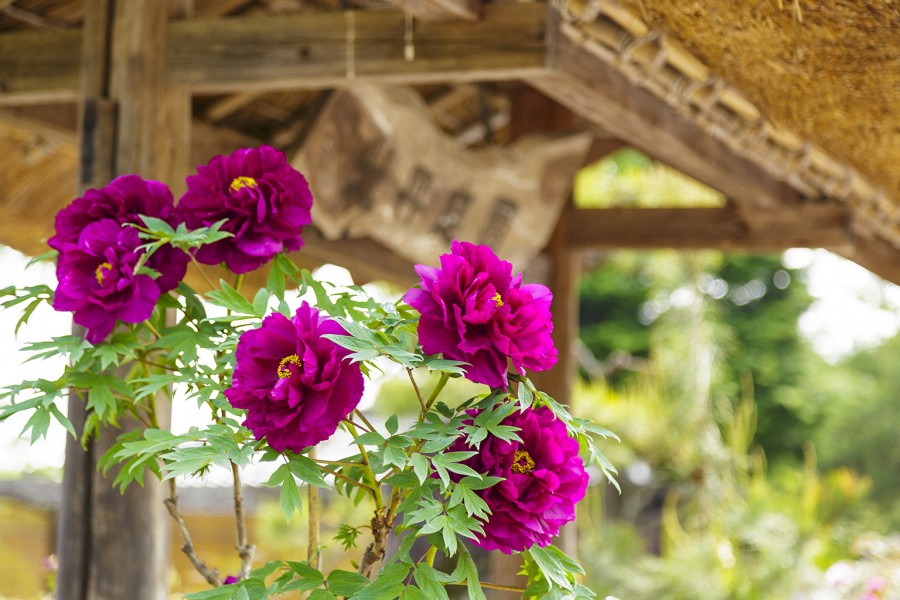
This peony garden is three times the size of Tokyo Dome, and has 290 varieties of peony, totalling 7,000 flowers. Key features of Sukagawa Botan-en Peony Garden include its 200 year-old peony plants, the 'Showa-no-yume' variety of peony unique to Sukagawa City, and a rare 'Toryo' Chinese peony presented by a representative from Luoyang, Sukagawa's sister-city in China. The deep purple of the Japanese peonies that grow in the garden are also very popular. Volunteer guides are ready to show visitors around the park for not extra charge. The Sukagawa Peony Garden is the only such garden in Japan to be designated as a Spot of Natural Beauty by the Japanese government. As well as peonies, the garden also boasts flowers such as roses, and Japanese irises, which are in bloom until the end of June. Peak viewing season for peonies is from late April to mid-May.
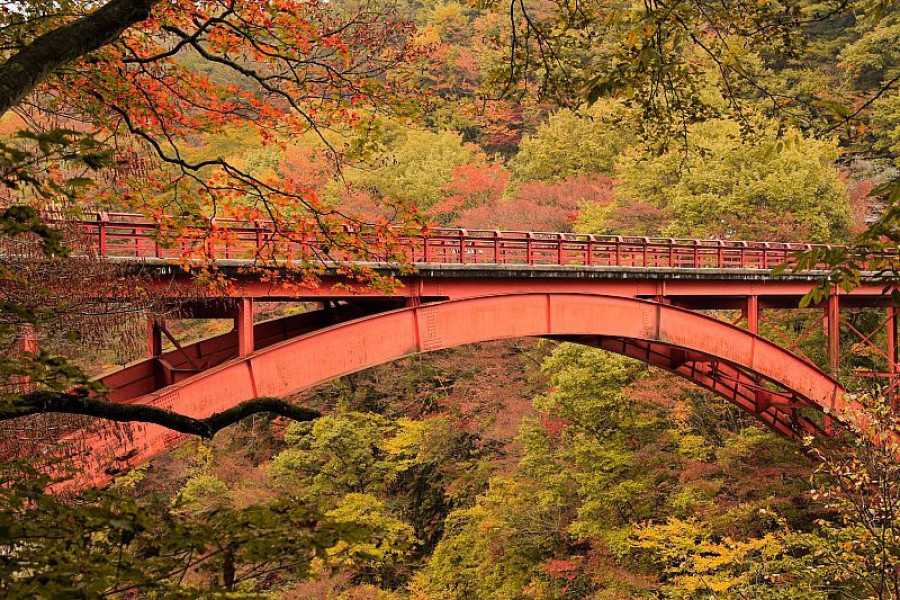
This arched iron bridge crossing the Abukuma River is famous as a viewing point for the fresh green of early summer and brightly colored autumn leaves. The bridge is 81 meters long, and has a maximum height of 50 meters from the valley bottom, and you can enjoy the refreshing feeling of being totally enveloped in the surrounding scenery as you look down from the bridge.
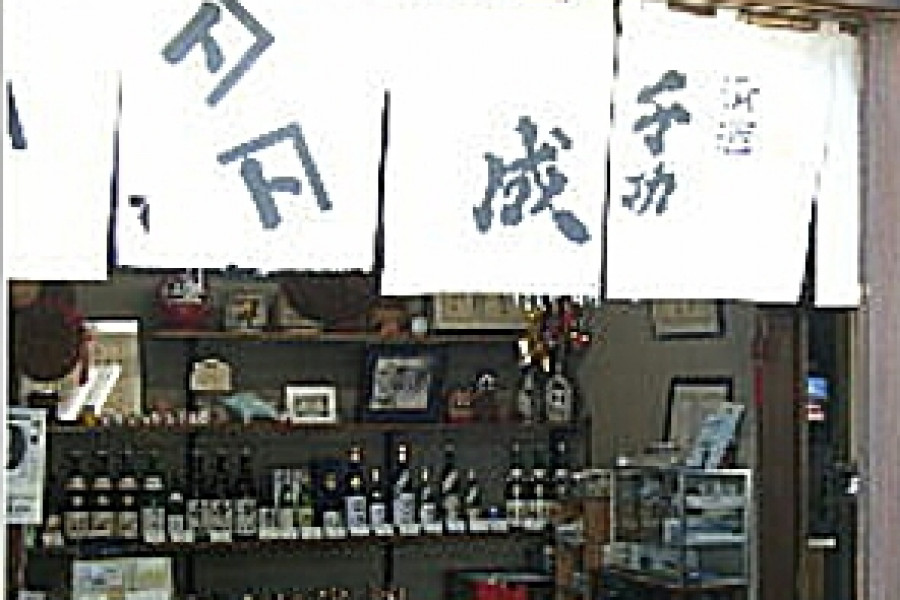
Fukushima’s sake is renowned across Japan, and Nihonmatsu is known in particular as a region with great sake production and high-grade sake producers. Using water from Mt. Adatara, the sake of the area is characterized by a mellow taste and is popular with sake lovers around the world. Himonoya Sake Brewery was established in 1874 and specializes in Senkonari sake; Senkonari is named after the battle standard "Sennari Hyotan (1000 Gourds)" of Toyotomi Hideyoshi, the famous military leader and one of the great unifiers of Japan.The sake at Himonoya is a local secret that many outsiders, even Japanese, don’t know about. To get real sake-brewing experience to be sure to visit in the winter on a morning when the sake brewing art begins and most of the day’s tasks are performed. Because Himonoya Sake Brewery operates in a traditional and artisanal manner, it only makes sake during the winter season (a centuries-old rule). The tours and sake tasting offered at this old-fashioned brewery are available by reservation and are a treat to anyone with a taste for Japanese sake, or Nihonshu. These sake brewery tours are free for groups of one to ten people and take only 30 minutes to experience the brewing process. Guests should be legal Japanese drinking age, 20 years old or more, in order to enjoy the free tasting. There are four types of sake to be sampled along the tour, among them Kinpyo is the most highly recommended with its sweet aftertaste it makes an excellent match for Japanese snacks.

These windy highlands are located at the plateau summit of Mt. Aizu-Nunobiki. It’s location to the south of Lake Inawashiro provides ample breeze to power the 33 windmills that stand majestically atop the highland plateau. Nunobiki Kogen Wind Farm is one of Japan's largest wind farms. It's location at an altitude of about 1,000 meters, makes for a truly fantastic view of the surrounding scenery.From early August to early September, visitors can enjoy amazing vistas of the beautiful himawari batake (sunflower fields). The sunflowers here are planted at 3 different intervals, meaning that visitors can enjoy seeing them throughout the summer months.Sunflowers aren’t all that Koriyama Nunobiki Kaze-no-Kogen has to offer flower lovers: - from August to September - you can see cosmos blooming. Of course, visitors are always greeted with superb views of Lake Inawashiro and Mt. Bandai.There are walking courses along the plateau, so visitors can explore the area and snap some great photos. One really amazing photo spot can be found at the observatory. Depending on the timing of your visit, you might be able to purchase some local vegetables at temporary stalls. We recommend trying the region’s famous Nunobiki Plateau daikon radish.
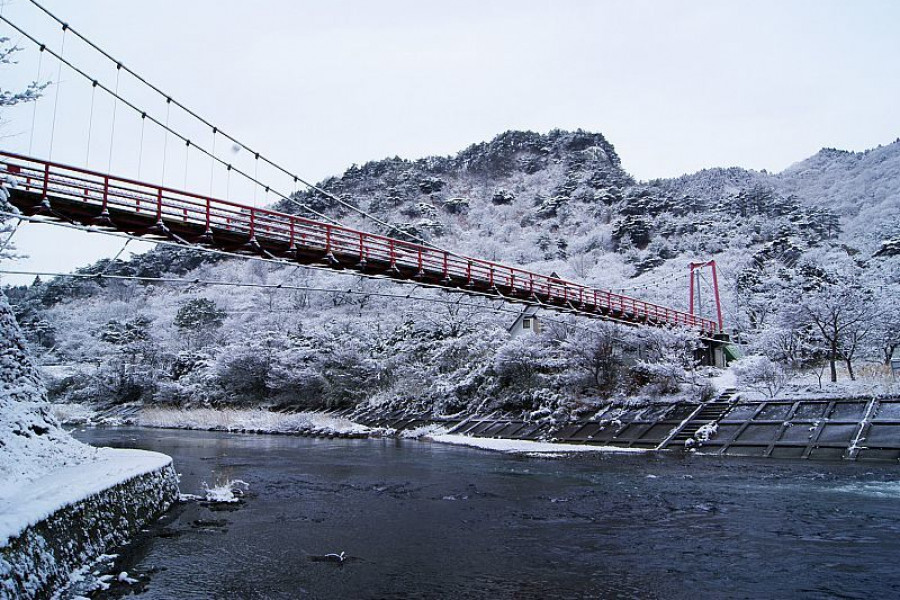
The Ayu Suspension Bridge is a long-beloved symbol of Yamatsuri Town, located near Yamatsuriyama Station. From the bridge, visitors can enjoy magnificent views of the Kuji River and the surrounding mountains. It is worth coming to see in any season. The riverbank around Ayu Suspension Bridge is a popular spot for anglers.
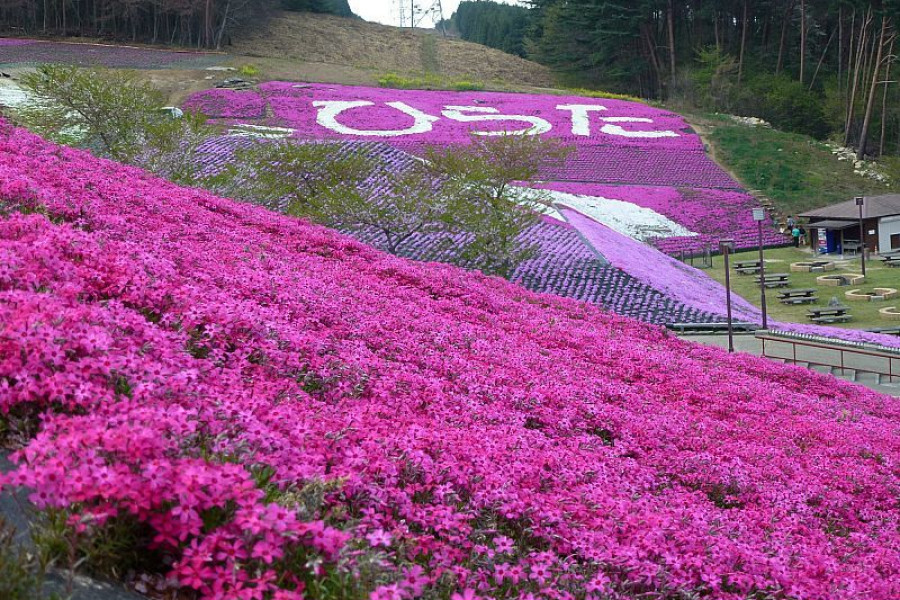
A massive forest park of 167,000 square kilometers, featuring hiking courses, camping sites and BBQ locations that can be enjoyed as a day out or as an overnight trip. It is known for its 150,000 Shiba-zakura plants, and a Shiba-zakura Festival is held every year during their blooming season.
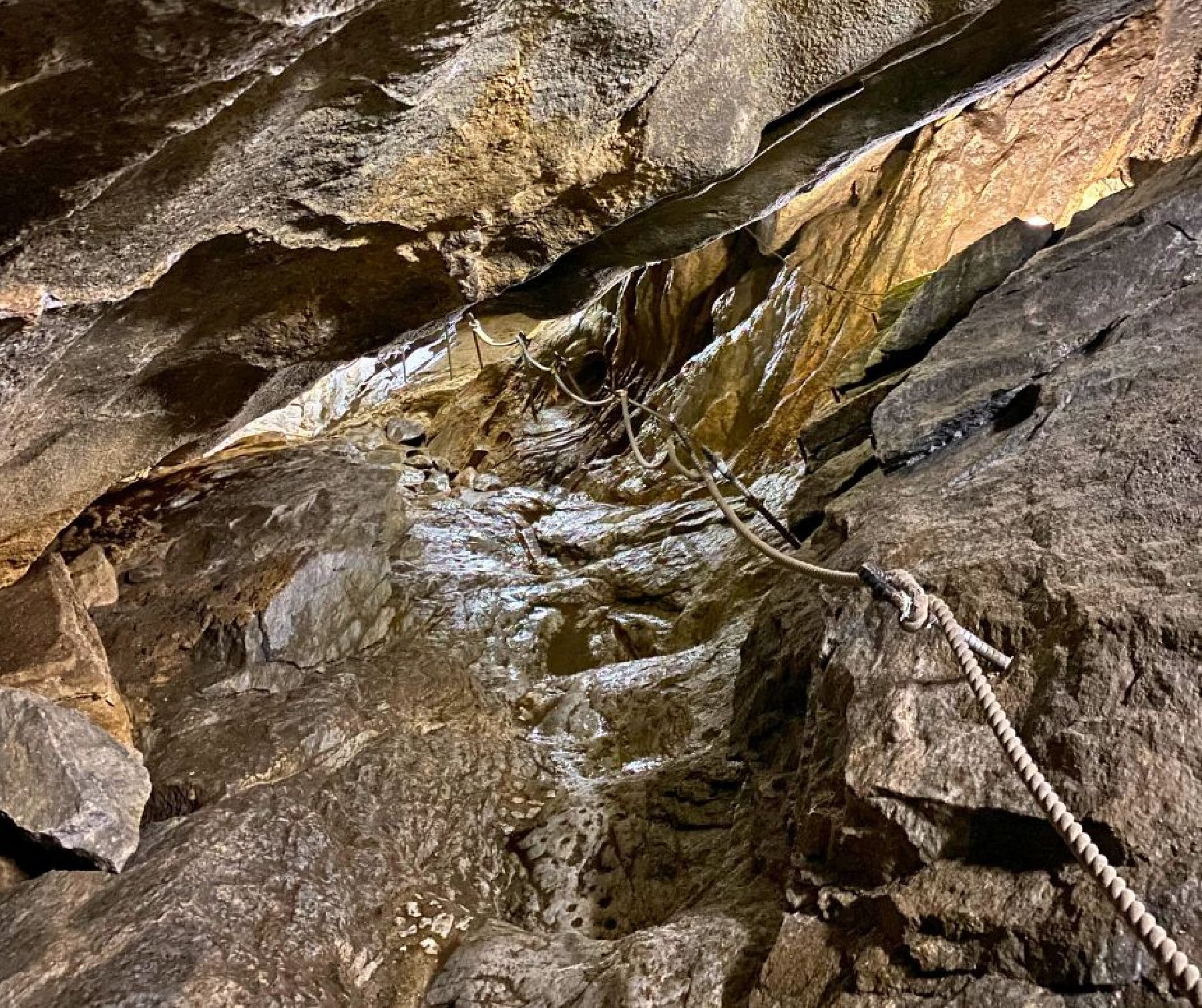
Visitors looking for a cool and adventurous experience should consider visiting the Irimizu Limestone Cave (入水鍾乳洞) in Tamura City.Perhaps less known than the nearby Abukuma Cave, the Irimizu Limestone Cave offers visitors the opportunity to venture into its depths—the narrow cave is 900 m in total and is divided into three courses (A, B and C), each more extreme than the previous one.Visitors should bring adequate clothing and shoes, as the inside of the cave is wet and slippery with irregular rocky ground and gushing streams.Course A is the least extreme, and the way into the cave is lit, although there are puddles and wet spots, and you will need to duck in some places since there are short and narrow spots. Course A is 150 m long and takes approx. 30 minutes to complete.Courses B and C go through an area of the cave where there is less conditioning. Visitors have to walk while having water up to their knees and go through slippery and narrow gaps by candlelight or flashlight.Course B is 450 m and takes about 60 minutes to complete, while course C is 300 m and takes about 90 m to complete. Visitors hoping to undertake course C, the most difficult of the three, have to make a reservation before their visit, as the course can only be completed alongside an experienced guide. *Course C is not available and is not taking reservations as of May 2023.The temperature inside the cave is typically between 10 and 15 degrees regardless of the season.There are candles, rubber shoes, flashlights and other items available for renting at the entrance.Prices are as of March 2023.The cave has been designated as a National Natural Treasure, and it’s easy to see why. You’re bound to become a geology enthusiast after experiencing the charms of the cave.